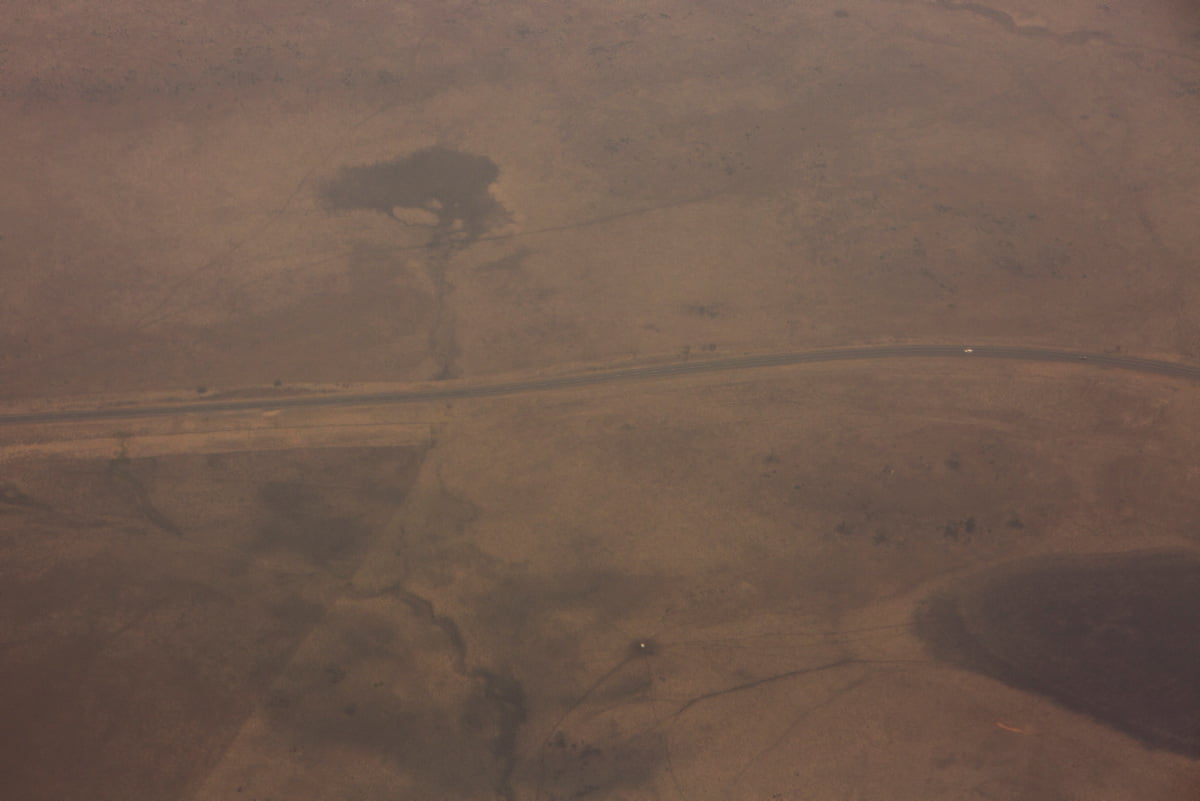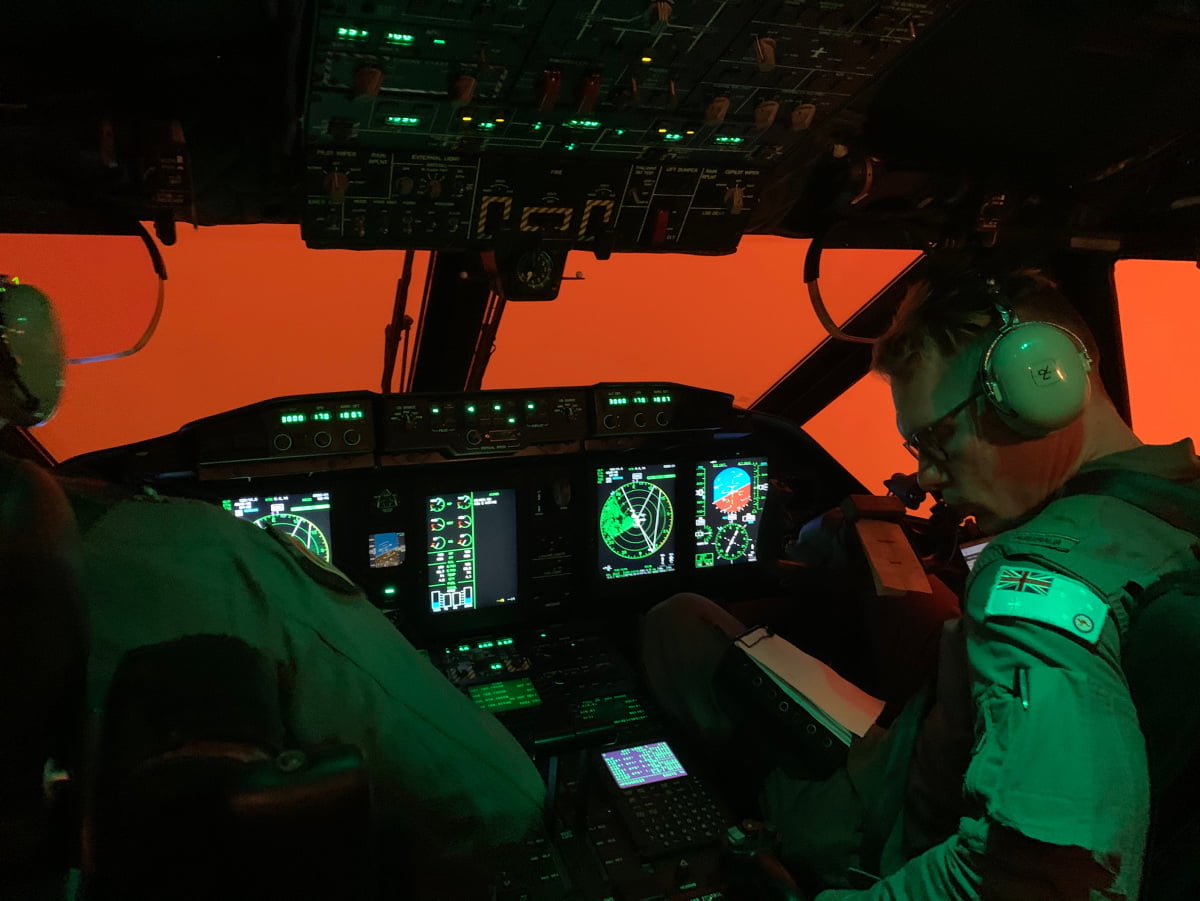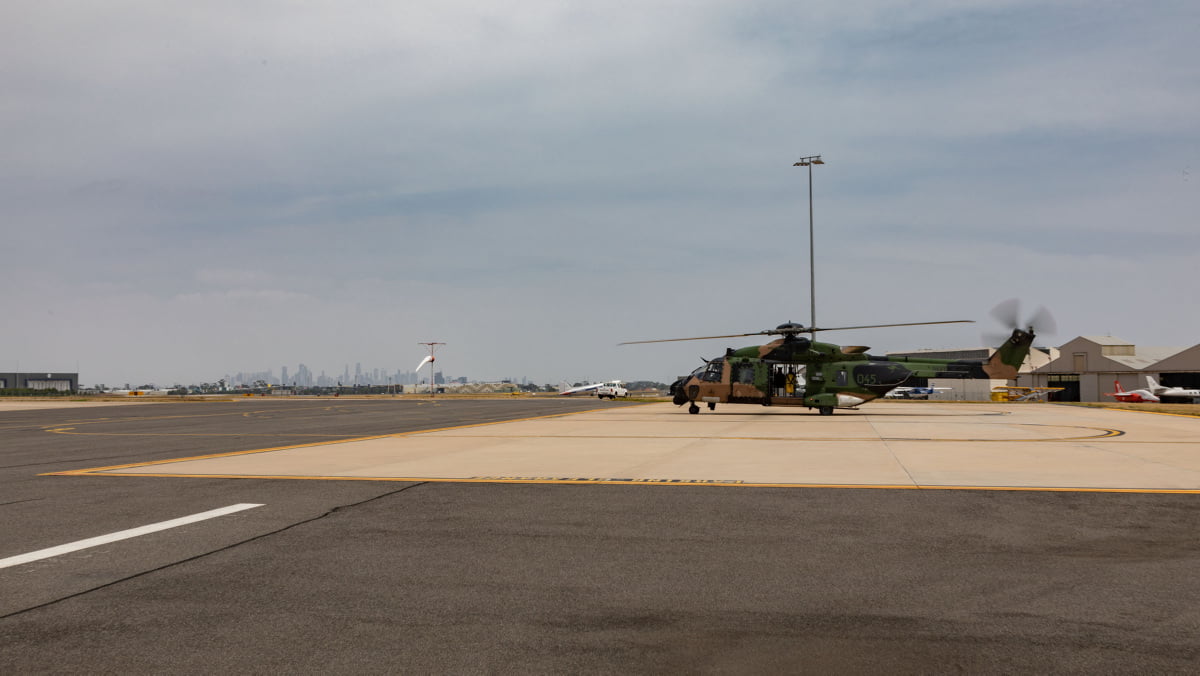By Andrew McLaughlin
The Federal government has mobilized the ADF to support rescue and recovery operations for the ongoing bushfire crisis affecting NSW and Victoria.
Following a National Security Committee of Cabinet meeting on January 4, Prime Minister Scott Morrison, Defence Minister Senator Linda Reynolds, and Chief of Defence Force GEN Angus Campbell announced the mobilization of 3,000 mostly-Army reservists, and various air, ground and maritime transport units and assets to support civilian agencies across the vast area of the fires.
The announcement comes after Navy MRH 90 helicopters had already been assisting the NSW Rural Fire Service (RFS) from September right through to December to conduct fire ground surveillance and mapping and transport services near Sydney and Army Tiger ARH helicopters provided similar services in northern NSW and southern Queensland using their infra-red sensor
Civilian large aerial tanker aircraft and fire-fighting vehicles have also been utilising ADF base infrastructure for several months for refueling and reloading, maintenance and other support services, while ADF geospatial intelligence has been provided for fire mapping.
Further, the ADF has been supporting RFS and other state emergency management agencies with Defence Liaison Officers, Army has provided ground transport, there have been dozens of RAAF C-17A, KC-30A, C-130J and C-27J air transport missions, Army personnel had been assisting with fire break clearing, and all services have provided catering, base and field accommodation, and other support.
Following the rapid escalation of fire activity in Victoria’s East Gippsland area on New Years Eve, the Victorian Government formally requested additional ADF support to assist with the transport of fire crews and equipment around the state, and the evacuation of residents and holiday-makers from communities isolated by fire activity.
The RAN immediately started preparing its on-call humanitarian assistance and disaster relief (HADR) vessel for the Christmas/new year period, HMAS Choules, and the training vessel MV Sycamore to sail for from Sydney. Choules was loaded with Army LARC amphibious watercraft, an MRH 90 helicopter, and containers of relief supplies. Both vessels sailed on the afternoon on January 1, arriving off Mallacoota in far eastern Victoria early the next morning.
Army’s 5 Aviation Regiment (5Avn) also generated three CH-47F Chinooks of C SQN which self-deployed from Townsville and arrived at RAAF East Sale on the evening of January 3. Two S-70B-9 Black Hawks from 6Avn self-deployed to East Sale from Holsworthy near Sydney, and a C-17A from 36SQN, a C-130J from 37SQN, and three RAAF C-27Js from 35SQN also deployed to East Sale.
With further extreme weather forecast for January 4 expected to impact fires burning along the NSW south coast and the alpine regions, the Governor General GEN David Hurley authorized the mobilisation of the reserves, and the Commonwealth committed additional assets to the effort.
The federal response has been divided into three major elements; Joint Task Force (JTF) 1111 to support operations in South Australia and Tasmania, JTF 1110 to cover the NSW and ACT areas, and JTF 646 to support operations in Victoria.
The LHD HMAS Adelaide was prepared to deploy from Sydney to Eden on the NSW far south coast, and sailed with two MH-60R helicopters, 300 tonnes of relief supplies, Navy amphibious watercraft, and augmented medical and catering crews.
An additional Chinook and four MRH 90s have self-deployed from Townsville and two more Chinooks are preparing to deploy, while Army combat engineers and aeromedical evacuation (AME) teams were also generated to support the effort across all three JTFs.
RAAF Air traffic controllers have established a flight information service at Bairnsdale Airport in Gippsland to support increased operations there, while an RAAF P-8A Poseidon has provided overhead reconnaissance between East Sale and Mallacoota for ground transport engineering requirements. Also providing aerial reconnaissance is an Army Wasp small unmanned aerial system (SUAS) element from the 20th Regiment, Royal Australian Artillery.
Other Army elements are spread across all three JTFs. For JTF 1111, engineers, logistics capabilities and personnel from 9th Brigade have deployed to Kangaroo Island to assist with recovery and clean-up efforts there. JTF 1110 and JTF 646 comprises some 400 personnel from 7th Brigade to support the state emergency services, while additional scoping and advice support have been provided to the ACT in case fires in the alpine region move north towards Canberra.
International military support has also been provided, with New Zealand deploying three RNZAF NH90s to RAAF Edinburgh via RAAF C-17A to bolster transport support in South Australia, and Singapore self-deploying two RSAF CH-47D Chinooks from Oakey in Queensland to East Sale.
This article was published by Australian Defence Business Review on January 7, 2020.
Also, see the following:





























